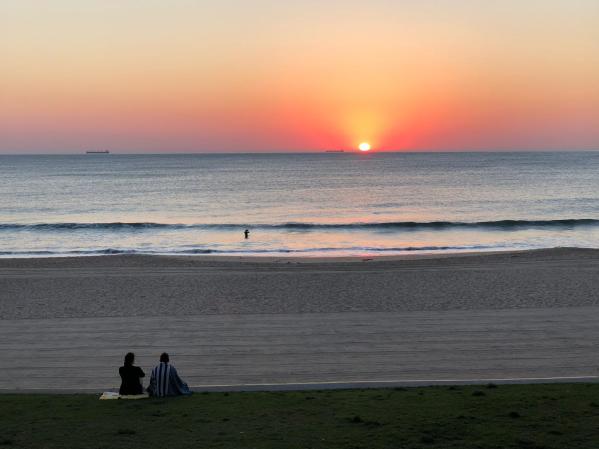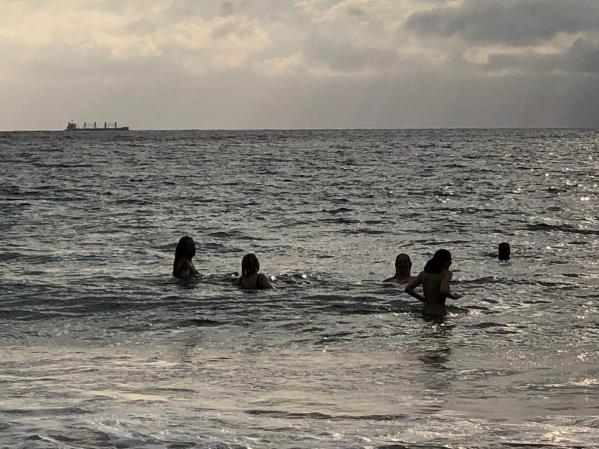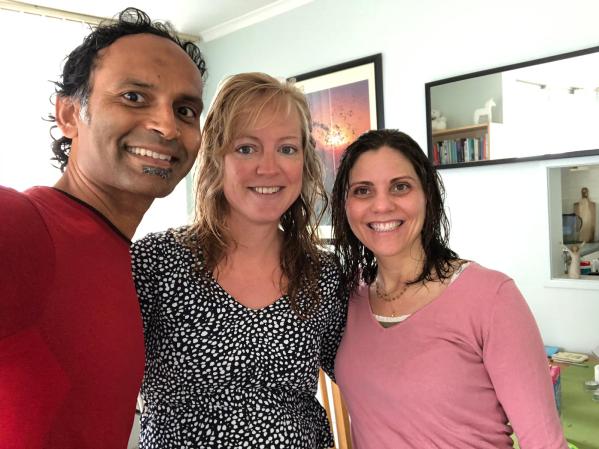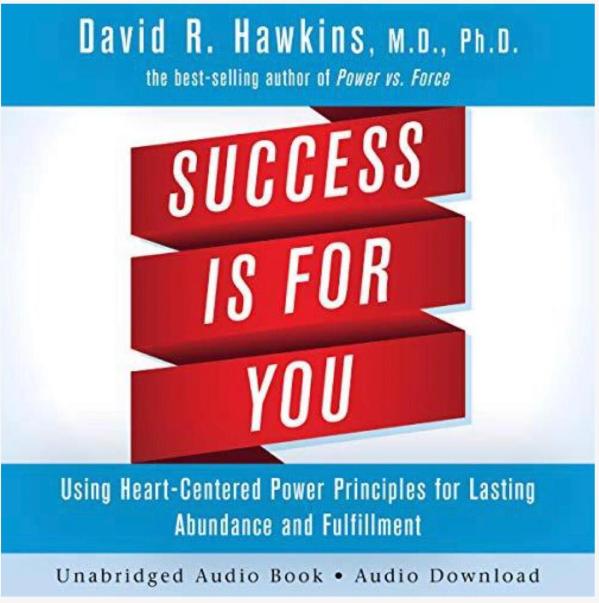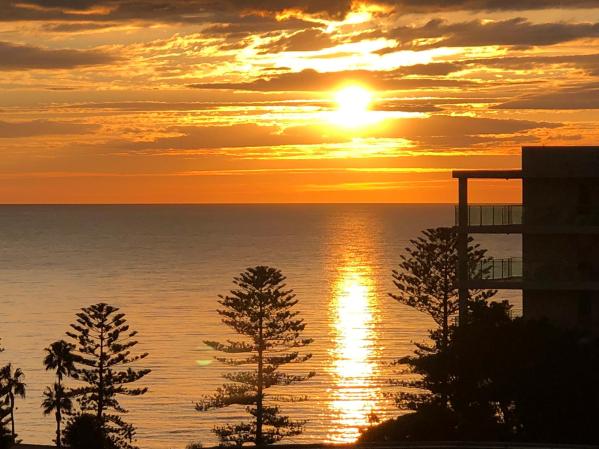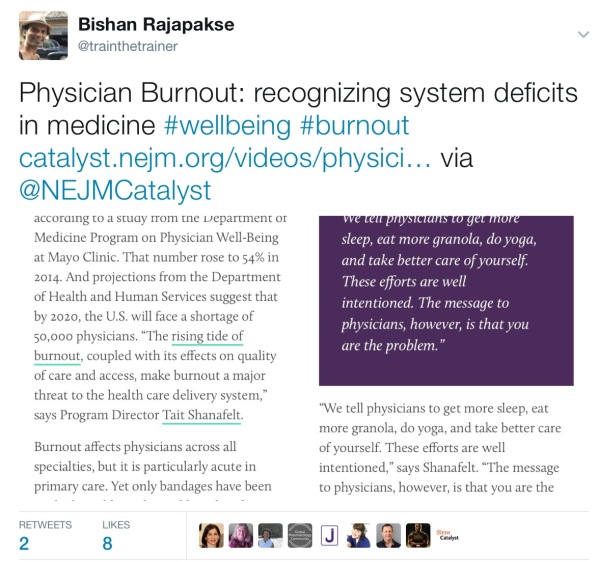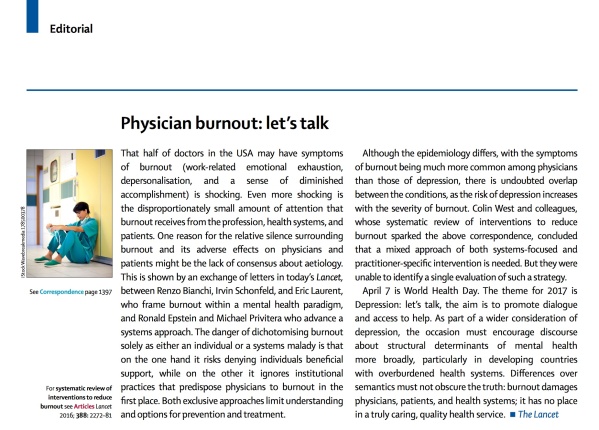The time is coming,
For a change in scene,
The beauty of this time is near,
It’s for our hearts to hear,
And our wisdom to know,
That we are all here to “grow”,
Like the melting of the snow,
That which we cherish in its solid form,
With the coming of the spring we are torn,
Both by the beauty of what is to come,
And the loss for what has been,
For all the magic cannot last,
But still we enjoy the blast that we had,
For it was experienced in the moment,
So, we must love the rain,
As much as we love the wind and the snow,
But the question is how?
And the answer is “it doesn’t have to be now”,
For through the intention of your journey,
You can find the direction,
And only through deep introspection,
Can you find the key,
As the quest for love,
Resides within thee,
And at its deepest point we see,
The truth of “Equanimity”.
28-12-19 Seeing beauty in all things, all experiences and all states, is the quest for the bold, courageous and sublime. I first came across the concept of “equanimity” when learning about the “Brahma Viharas” from the Buddhist philosophy. In this teaching of the Dhamma I can remember learning about the 4 kinds of love, Mettah (loving friendliness), Karuna (loving kindness), Mudita (joy for the happiness and success of others) and Upeksha (equanimity). “Dhamma” is the Pali word that refers to the “wisdom teachings” about the “true nature of life” as described by the Buddha’s insights, which he encouraged us to find and see for ourselves.
“Upeksha” or equanimity has been referred to as the “crown jewel” of love, for it is the hardest to practice, yet the most rewarding in terms of generating peace for oneself.
When I did my first 10 day silent meditation retreat in 2009 in Sri Lanka (which was vipassana retreat according to the S N Goenka style), I came again into contact with the concept of “equanimity” for it was practiced daily, and within every sitting meditation session at first laboriously (for it took effort), and then with joy after I got the hang of it.
In essence, what we did was recognise that by scanning the body, with our attention, we could detect that there were both pleasant and light sensations in different parts of the body at any given time, and also deep and painful parts (eg the feeling of pain in the hip after sitting in one place for 45 minutes without moving and getting up).
The practice was to observe our reaction to both the pleasant and the painful sensations that we were experiencing and challenge ourselves to treat both pleasure and pain with the same greeting. The greeting was that of “letting go”. We acknowledged the sensation by deeply entering into the experience of whatever was there, without prejudice, and then moving on with the body scan. By practicing this state of “non-reactivity” were able to more clearly observe the principle of “anicca” – ie that all things eventually pass. This was quite liberating, for after one had sat through intense pleasure and pain in a one hour sit (perhaps more of the latter in most of my sits to be honest), then there was a feeling of liberation, right then and there.
I remember sitting once for two hours, and this wasn’t that common. I felt as if my legs were on fire. All sorts of thoughts arose, including “I wonder if I will be causing my legs serious and permanent damage by sitting here cross-legged and not moving”. I remember being determined to make it to the two-hour mark, the end of it would be through the chanting that preceded the ending bell and the familiar recorded voice of SN Goenka who told us to “take rest… take rest” after each sitting session. In that particular two hour sit (which was unusual as most of the sits were 1 hour in duration), I felt like I was experiencing an abstraction of “hell”, and yet I was sitting in a peaceful room. It perhaps dwelled upon me that the hell I was experiencing was not “out there” but was deep within me. I also experienced the ability to not react, but to enter deeply into this state, and “let go”.
Through the letting go I was practicing equanimity. At some point the pain left me and I was left in a blissful state. Again I remembered (through prompting of the audio recording that we listened to whilst doing sitting meditation) that this blissful state was also something to enter deeply into and “let go”, for attachment to pleasure was perhaps in some way as unhelpful as aversion to pain, and we learned this through our own observations of our own bodies, or at least I did. In that moment I also “let go” again. In letting go of “my reaction” to both pleasure and pain, I experienced them fully as states passing through me, rather than abstractions of myself, and also realised that “I” (whoever that may have been) was not who I “thought I was”, nor was I limited by my experience. Rather, perhaps I was largely that which observed these things.
It’s hard to explain things that were experienced in the moment or can be experienced in every moment for the minute one tries to label something there is an abstraction from the experience itself. However, sometimes poetry and prose can describe these things, and trigger one’s own memories of experiences of different states of consciousness. For me Equanimity was one of the most profound insights, that has helped me so much in my life. Whenever one experiences hardship, I always remember that sitting meditation where I felt like my legs were on fire and noted the power of non-reaction. Also treating pain, the same as pleasure.
I was perhaps forced to practice equanimity when I broke my ankle (unbeknownst to me, and my medical friends at the time) whilst 10km into a 40km hike. It was very painful, but I could still walk with a backpack and it seemed like a bad sprain. But still I managed to complete the walk after 2 nights of camping, only to discover about a day later that perhaps it was broken, and indeed it was. The disappointment was intense as it rendered me incapacitated at a time when I needed to be in full flight (right before a clinical exam requiring lots of study and activity). Again, there was an opportunity to practice equanimity, to see things with a clearer perspective, to understand that I was not my experience, but rather an observer of these things. Still there was hardship, but I had the choice of experiencing the apparent tragedy with creativity and choosing my response with what I wanted. It was much like how I choose my response every time I choose my response to the change of state from being dry and warm, before plunging into the ocean that always feels initially cold and wet.
If equanimity symbolises a space of “peace”, then perhaps letting go is key. And the easiest way I have found to learn and practice how to let go is to simply take a deep breath in through the nostrils, and exhale slowly through the mouth with slightly pursed lips, noticing the experience of letting go with each out-breath.
This can be done once, for one minute or one hour. All can be equivalent in the moment; the most important thing is the “practicing” of it. When that out-breath comes, I am reminded of how simple it is to let go. It is simply, but not “easy”, if that makes sense. The two concepts of simplicity and easy are different things. The more one practices a simple, yet hard to do thing, the easier it gets.
“Letting go”, the path to equanimity, and “breathing mindfully”, the path to letting go.
